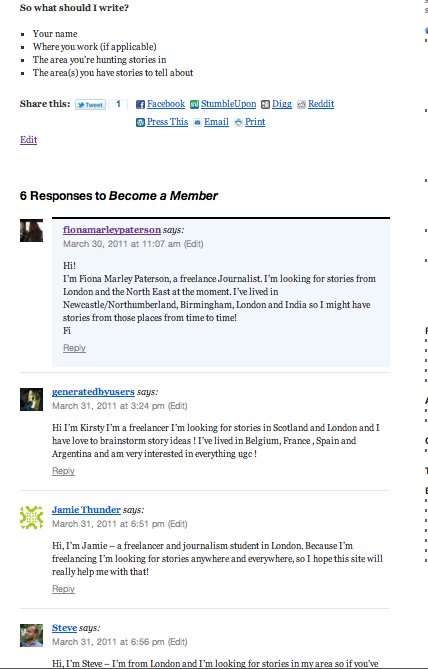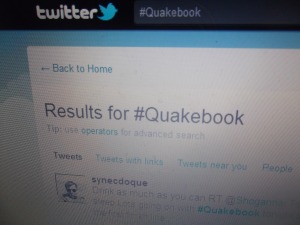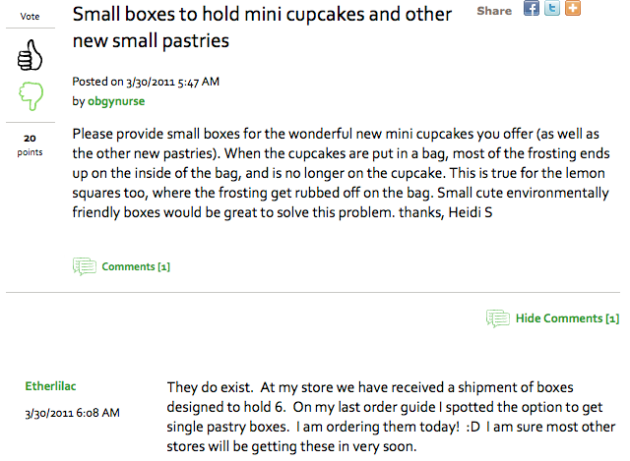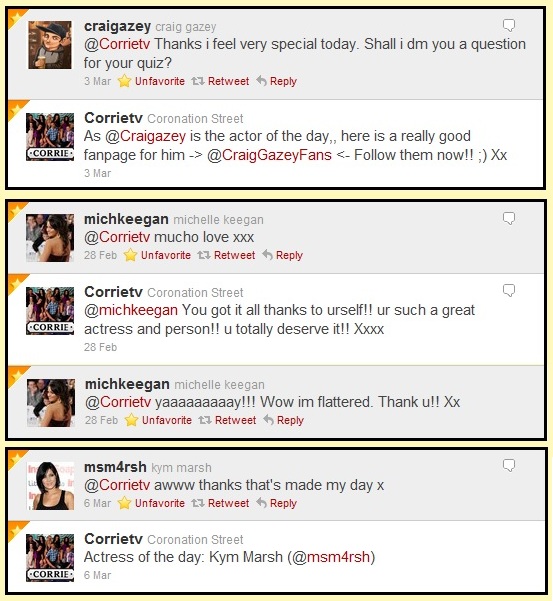How to Get an Active Community
March 31, 2011 Leave a comment
 As I explored in my post on Encouraging a Community with the carrot and stick method, I was having difficulty getting members to be active users.
As I explored in my post on Encouraging a Community with the carrot and stick method, I was having difficulty getting members to be active users.
My analysis found that the community I’d fostered wanted to hear stories, but didn’t want to give them. My next step was to encourage people to talk. I created an area where aspiring journalists could just talk, announcing their presence on the site. The idea is that if they’re friends, they’ll be more inclined to help each other. That might not work, but it’s had a better success rate that my previous efforts! The next step is to approach communities that want to tell their stories and enable them to meet the community of Journalists who’ve now started interacting on the site.
Here’s what I’ve learnt so far:
Don’t assume users will grow organically –make a community
The individuals are out there, but it takes effort to bring them together. Sometimes it just takes a few people conversing to give others’ the confidence to join the conversation.
Use personal relationships to ask people to become members
I asked people I was already in conversation with to help me out by starting the conversation. The people I asked were already aspiring Journalists, so I targeted people I thought would have a genuine interest in posting on the site, but knowing me already and being asked by me personally meant they were more willing to do something for me.
Build personal relationships with members
Managing this community doesn’t mean you can’t learn from them. Accept that you know no more than each member of your community. Be human. Thank them for their advice and opinions. A good community manager won’t need to force this, because we’re passionate about the people in our community.
Foster a core group of ambassadors
When Nick Lockey told me this is how Flickr started, the penny dropped! The more I’ve put it into practice, the more I’ve realized how crucial it is. I wish I’d done it sooner! The first members will set the tone for everyone else. Start by asking people you already know in that community to do something specific. For me, this was asking them to post something about themselves and what area they were looking for stories in. You could ask them to
- do a poll
- give advice or
- give their opinion.
It must specific though! People are more inclined to do something they can do in a few minutes.
So the lesson I learnt:
Don’t be afraid to ask for help. A conversation can grow organically, but a good community manager starts the conversation – even if it’s manufactured.
Have you learnt from a community you’re managing? Have you got any ideas on how I can find a community of people who have stories to tell, and how to join them with my community of Journalists? I’d love to hear your ideas in the comments box below.









East Coast Trains – a Press Team Problem
March 30, 2011 by Jessica Parker 2 Comments
A few months back, I developed an online community developed to users of East Coast Trains – Eyes OnEastCoast.
It’s a news, views and watchdog for passengers who use the line, which runs between London and Scotland.
The interest from passengers is certainly there and I’m really keen to give the community more time in order to really develop a strong and effective online community. I need to give it more time and attention. But so do the East Coast press team.
EyesOnEastCoast isn’t just about complaining the trains don’t run on time. It aims to be a user-led community which discusses what’s right, as much as what’s wrong.
I’ve tried to communicate this to the press office but there seems to be a strong reluctance to respond. My main contact at the moment has generally (there are exceptions) been slow to respond and less-than-enthusiastic in tone. It’s obviously vital to develop a good relationship with what is a crucial source of information for the community.
But I know what needs to be done. I need to plough more time into the community and get it to grow. Not only will this make the press office more responsive but it should help illustrate the community’s use:
Many users have the same questions and experiences regarding East Coast – so by sharing any information publicy in response to one user, you can help or inform many others in the process. My most recent email from the press office contained a request that I ask customers to get in touch directly – the implication was that they’d rather users didn’t go through me. I emailed back to clarify their request. Was I effectively being told to halt all communication with the press office? No response so far.
Regardless, the most interesting thing was that they linked this request to the fact that they were a busy press office. They were saying, I assume, that there is not enough time for dealing with my communications.
What the Press Office is therefore yet to see is that’s the whole point! We’re all very busy. We all don’t have time. But an online community means we can pool our time – ask questions, find answers, air grievances or share success. I don’t think East Coast’s press office have grasped this yet. Maybe that’s my fault. It’s up to me to develop the community enough in order to illustrate its potential use.
If I still come up against a brick wall, one can only assume it’s a line that doesn’t want to be held to account but I hope that’s not the case.
Have you come across a tricky press office or comm’s team? How did you deal with it? Let me know!
Share this:
Filed under Community Case Studies, Sites To See Tagged with East coast trains, East Coast Trains comments, East Coast Trains Communications, East Coast Trains complaints, East Coast Trains Press Team, Eyes On East Coast, EyesOnEastCoast